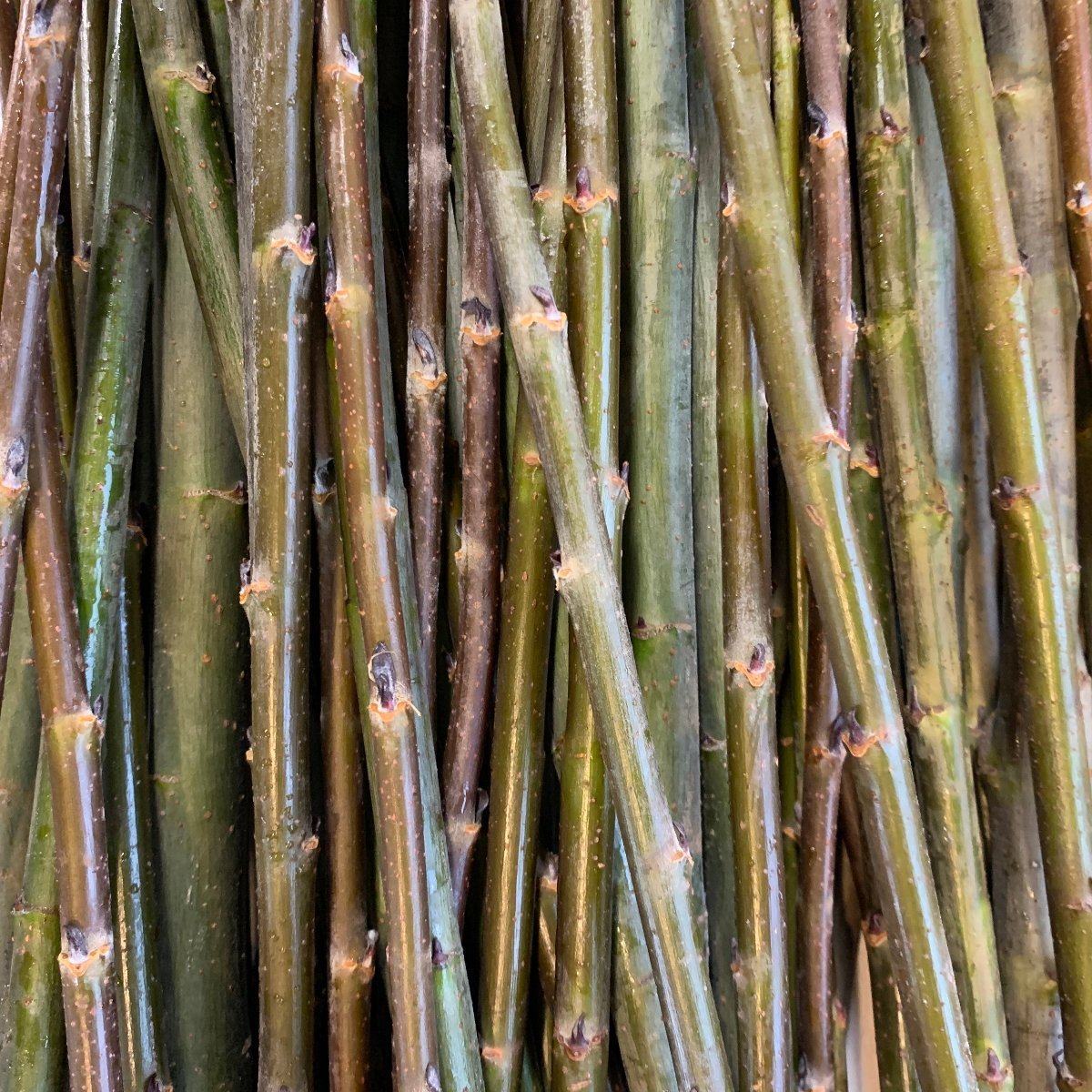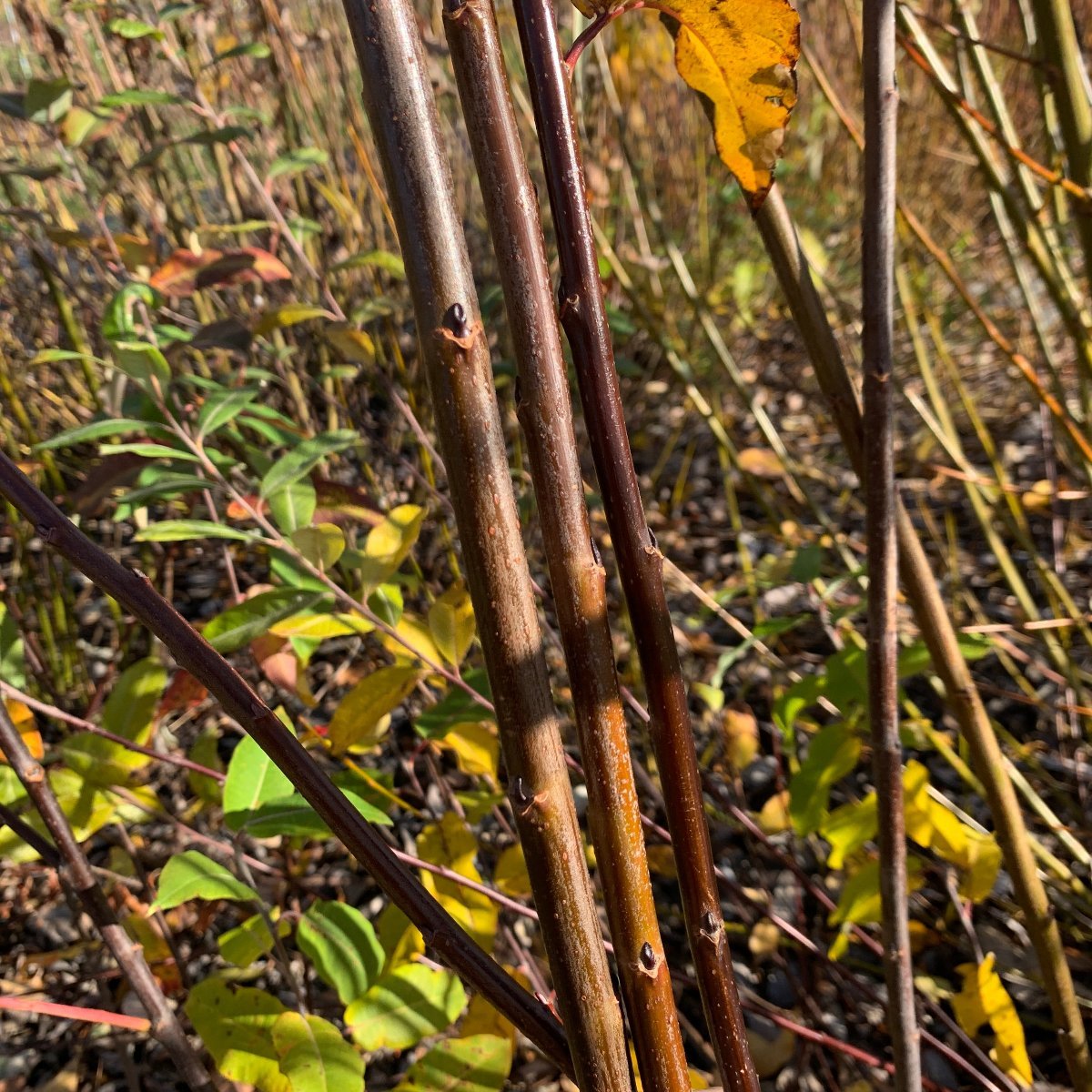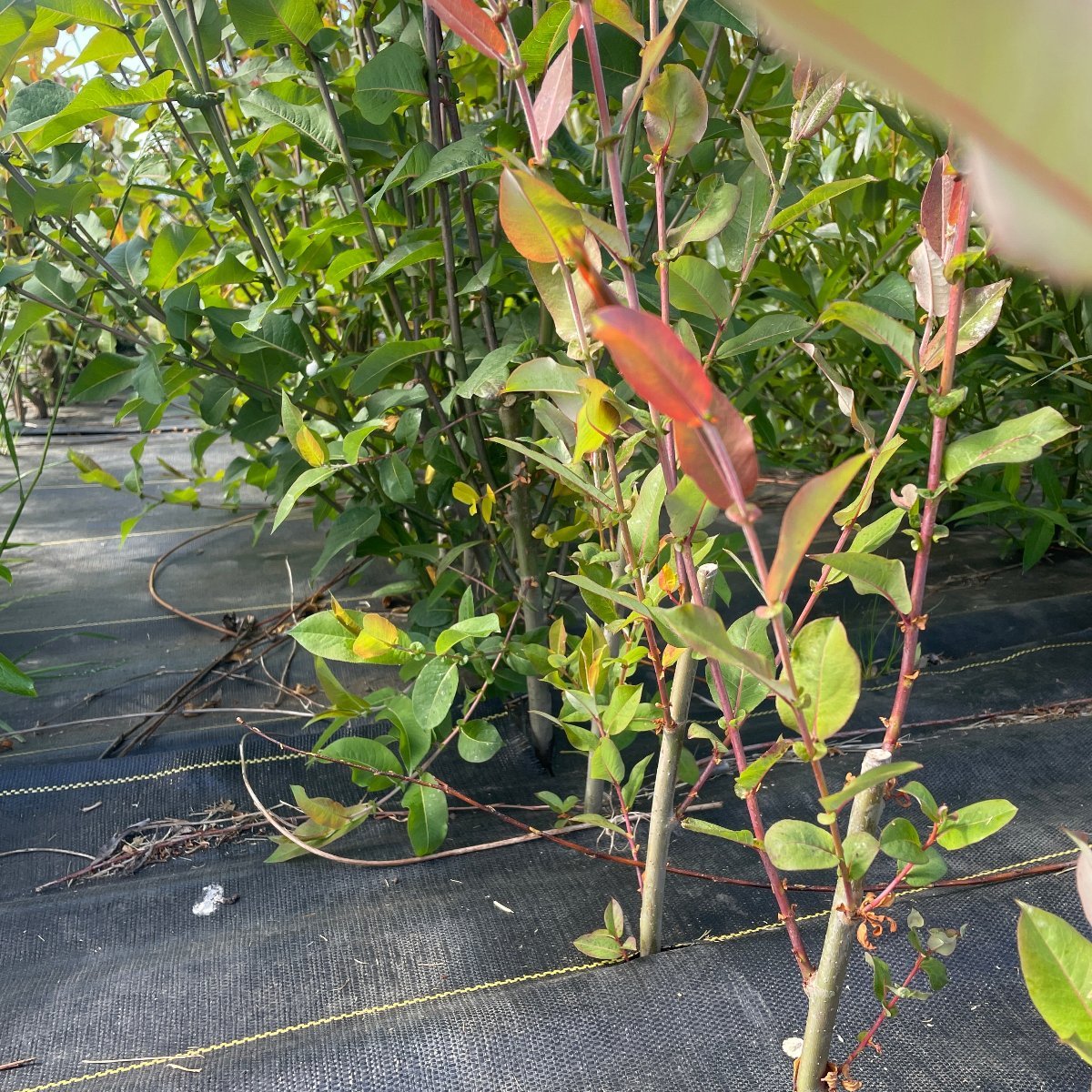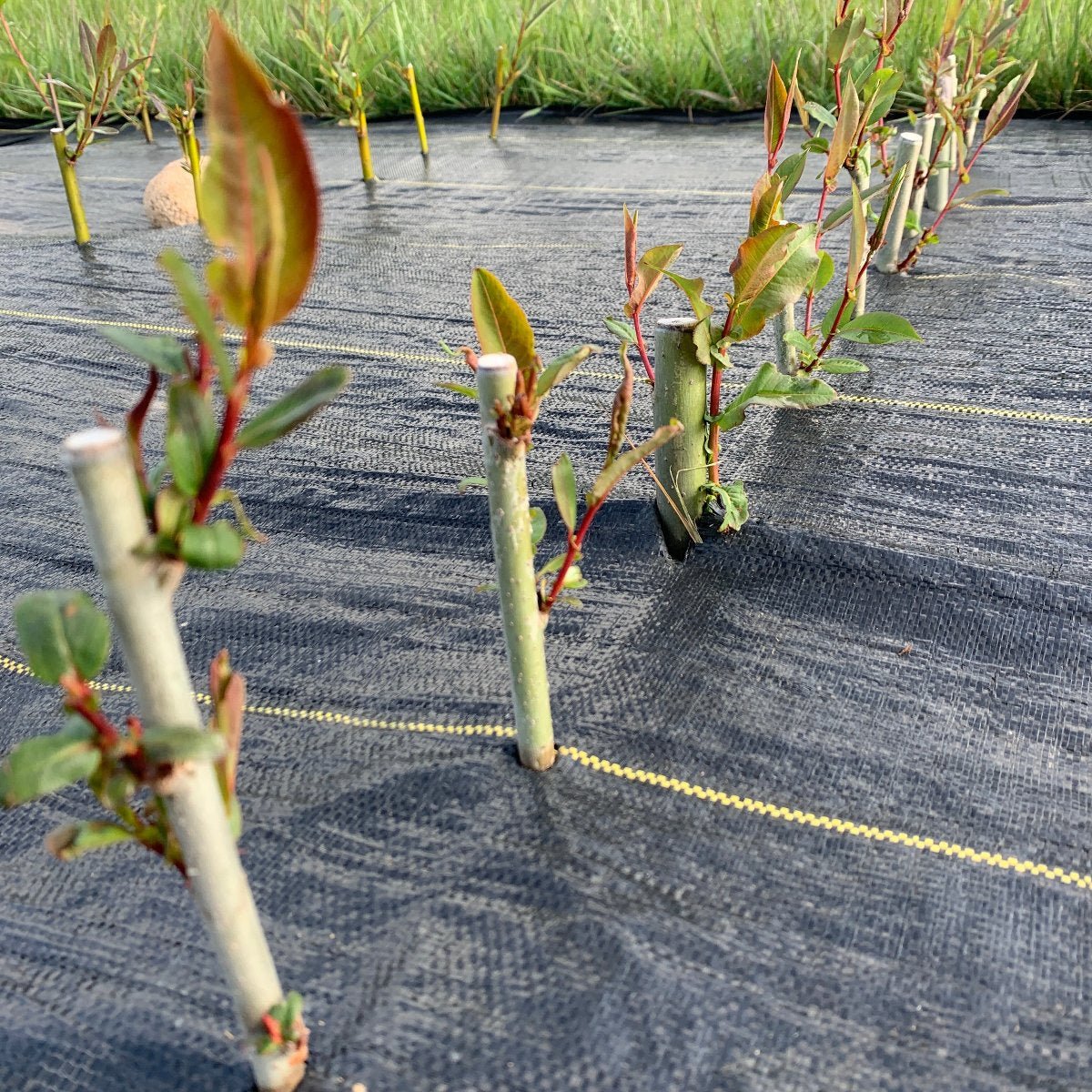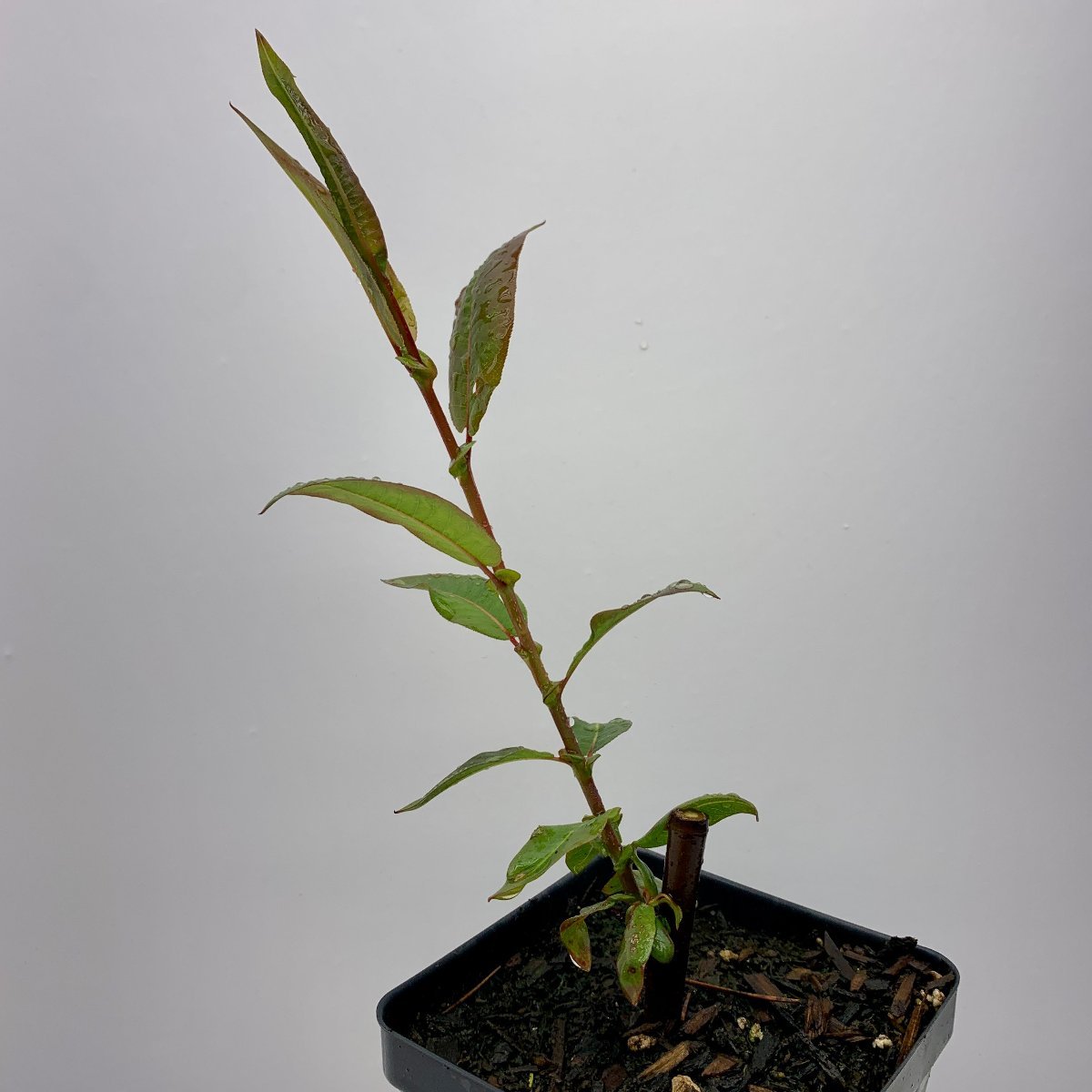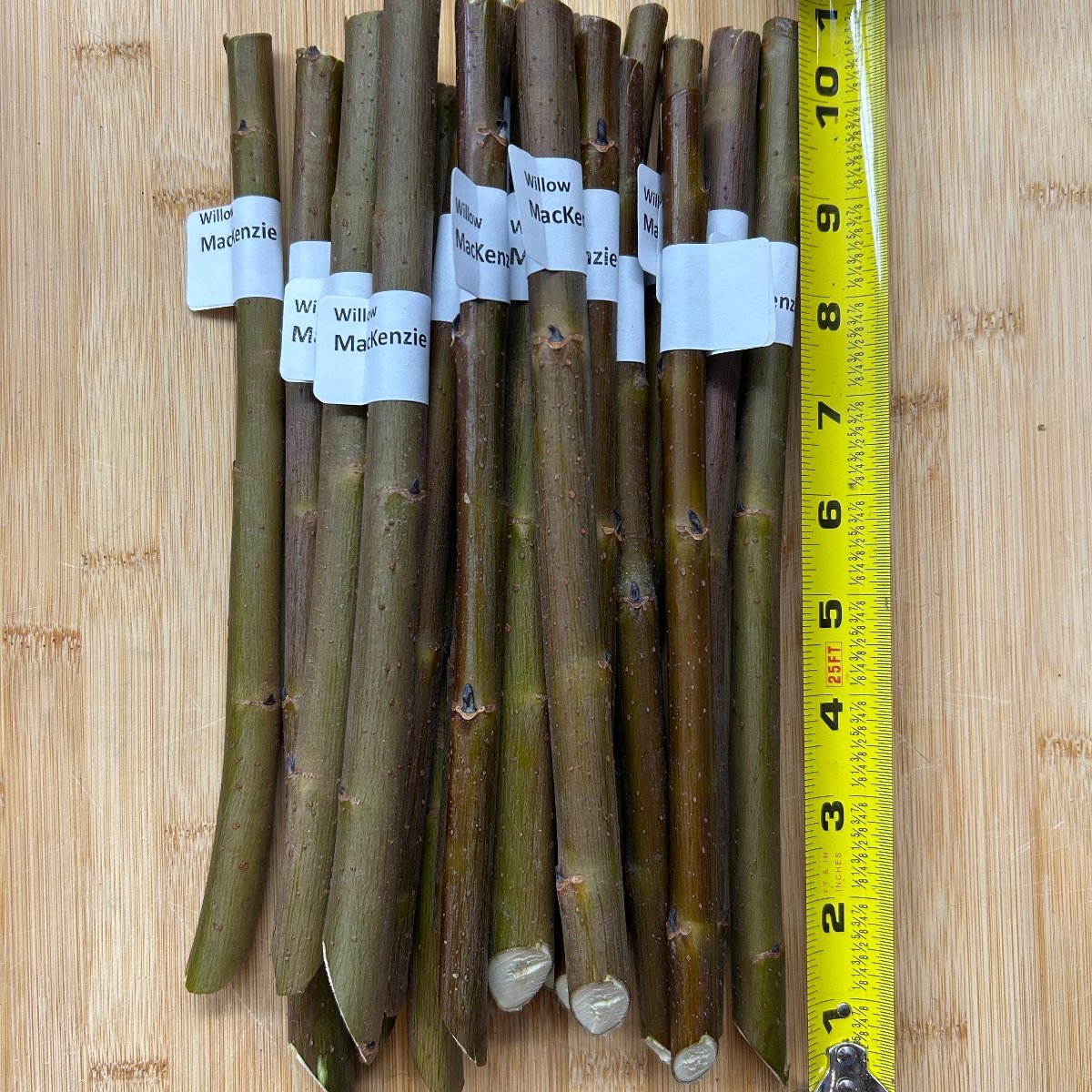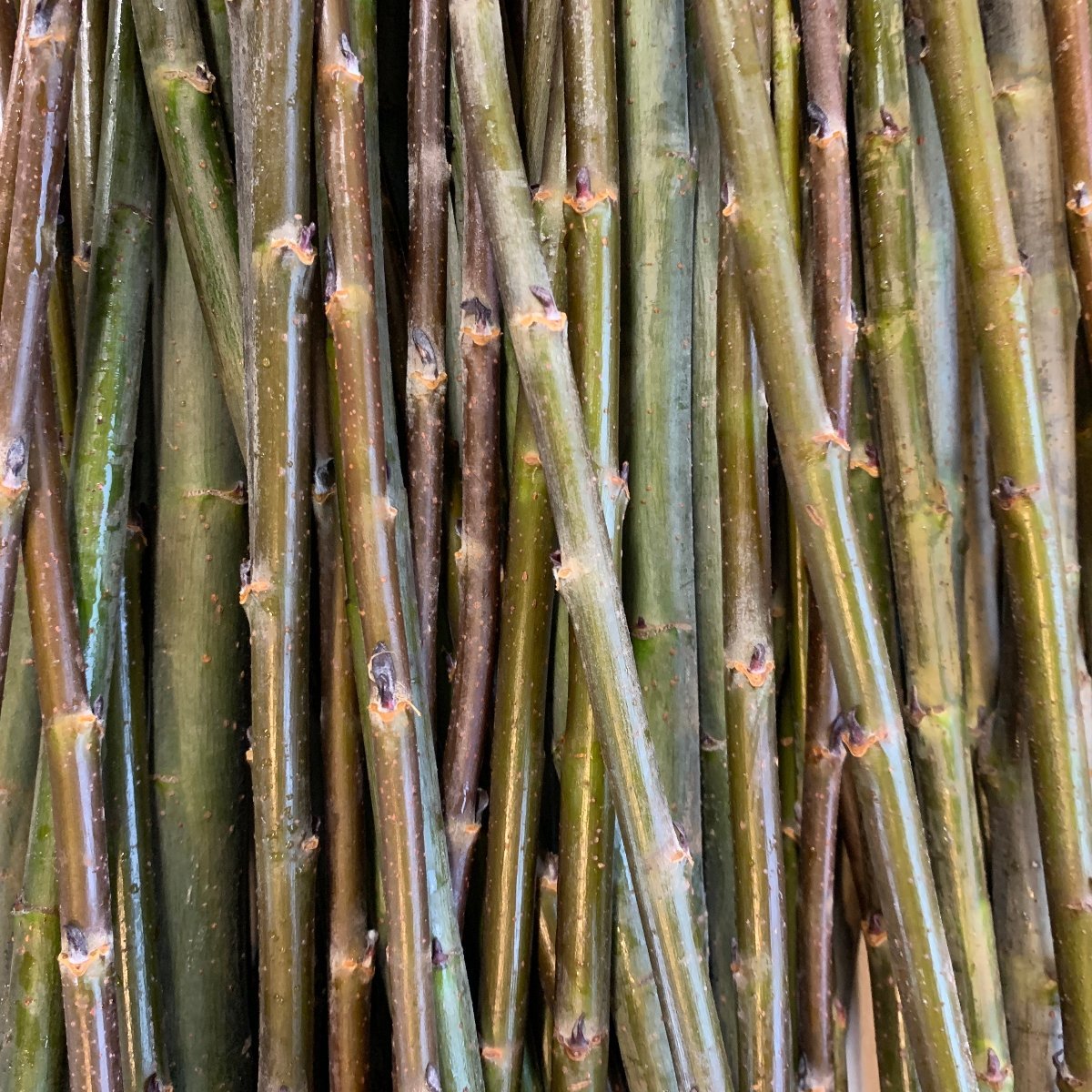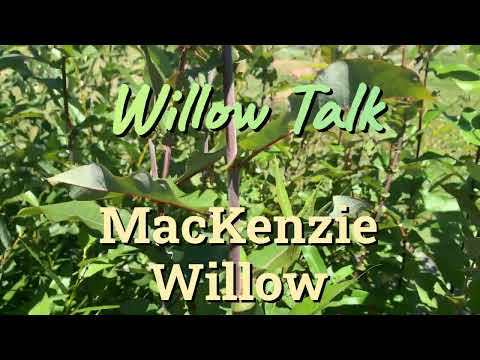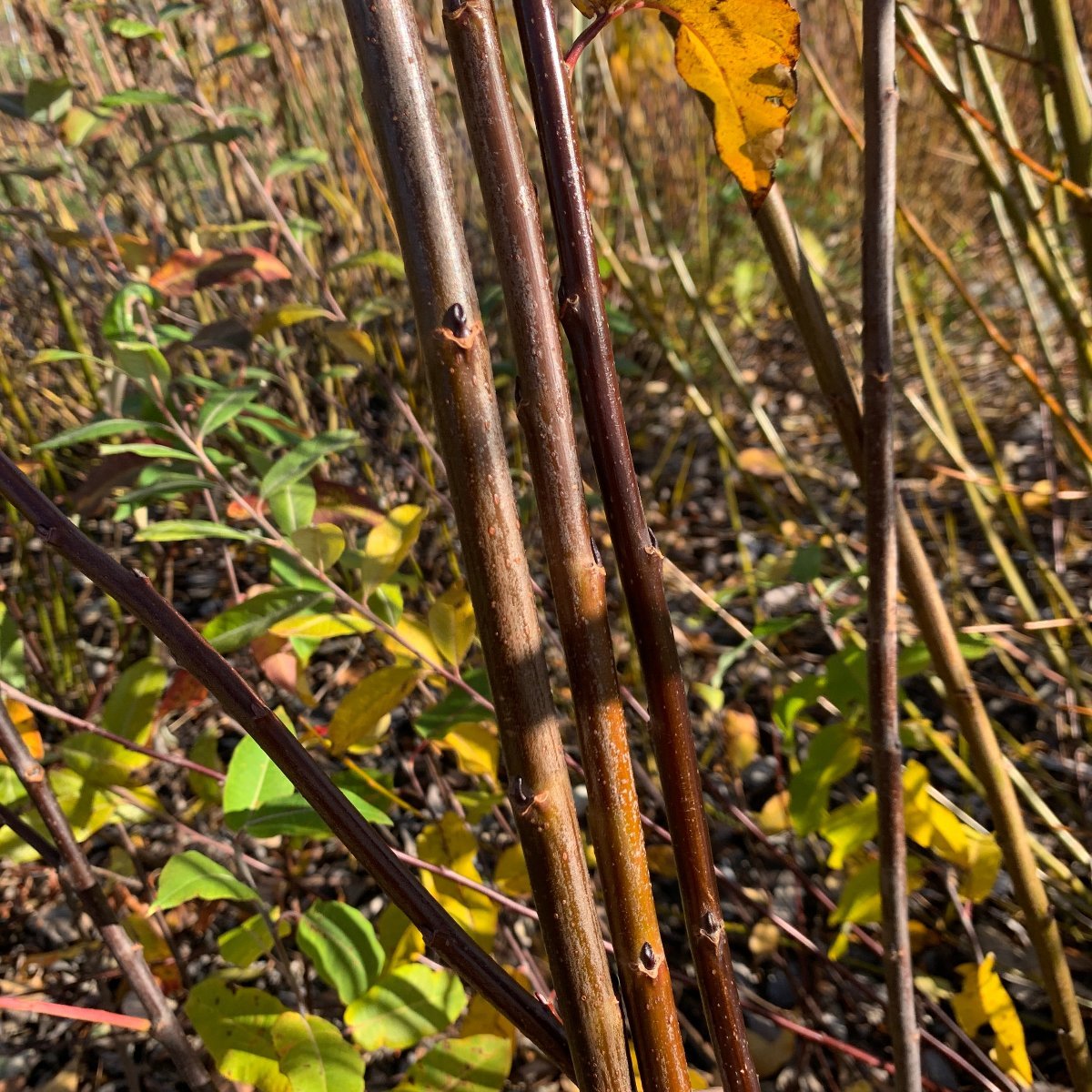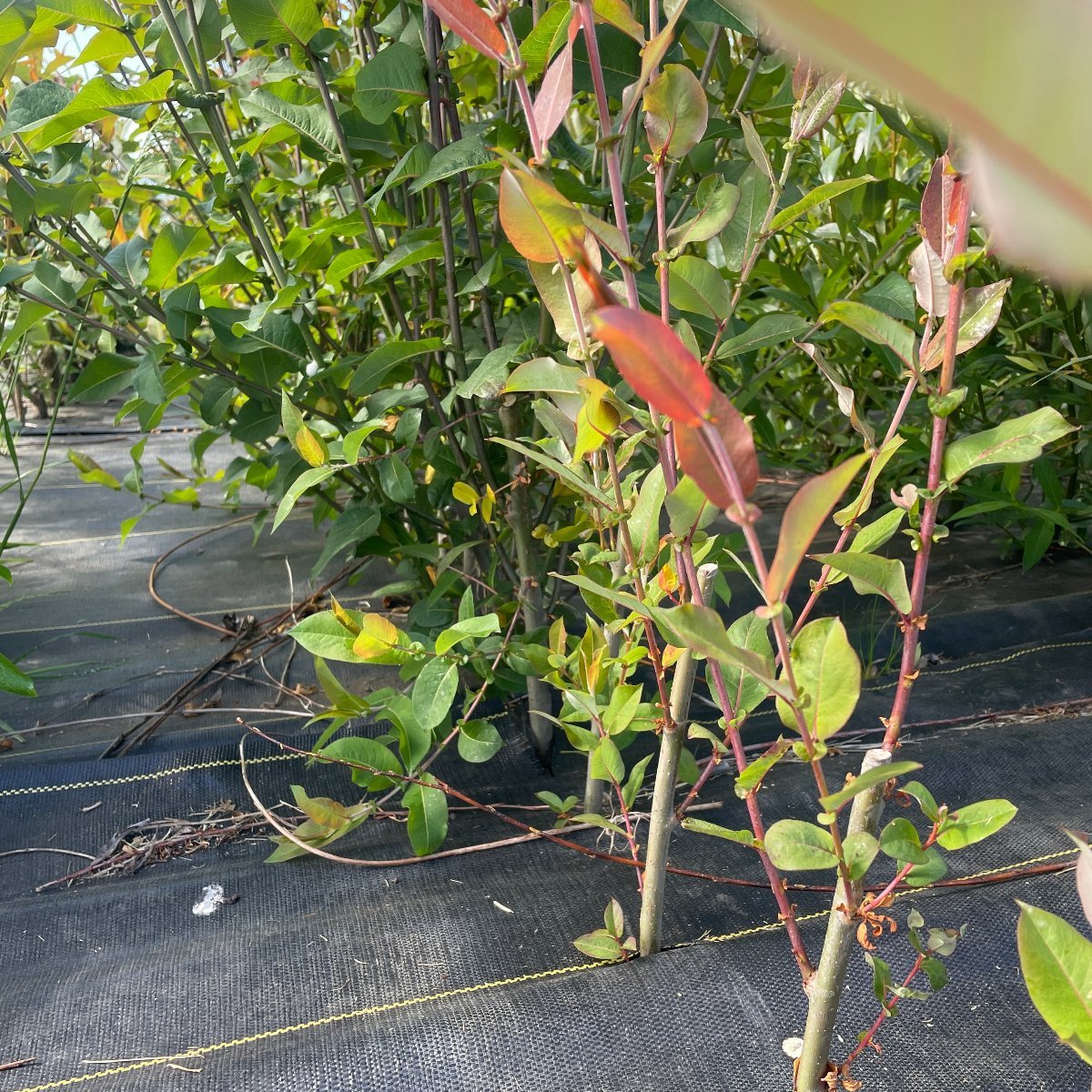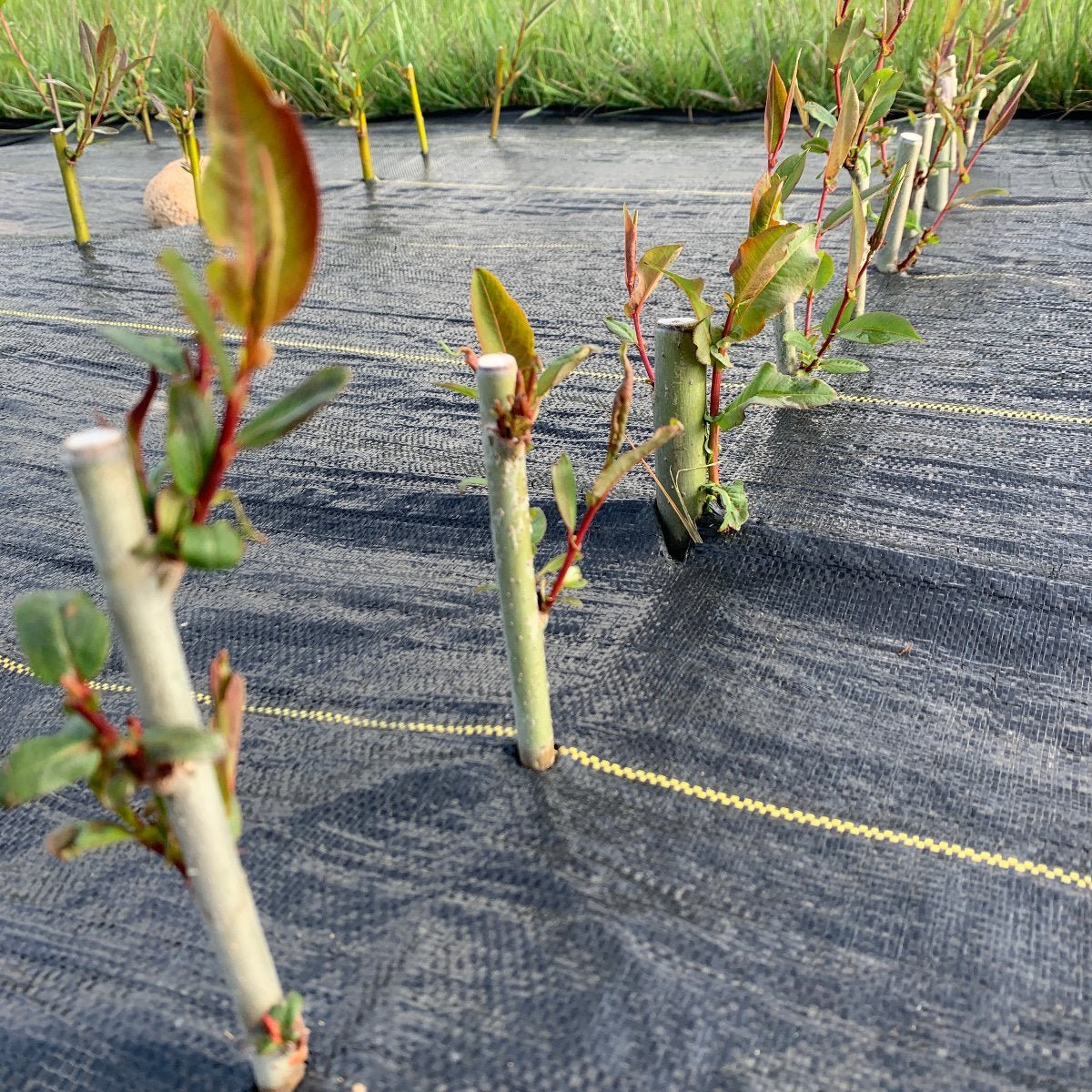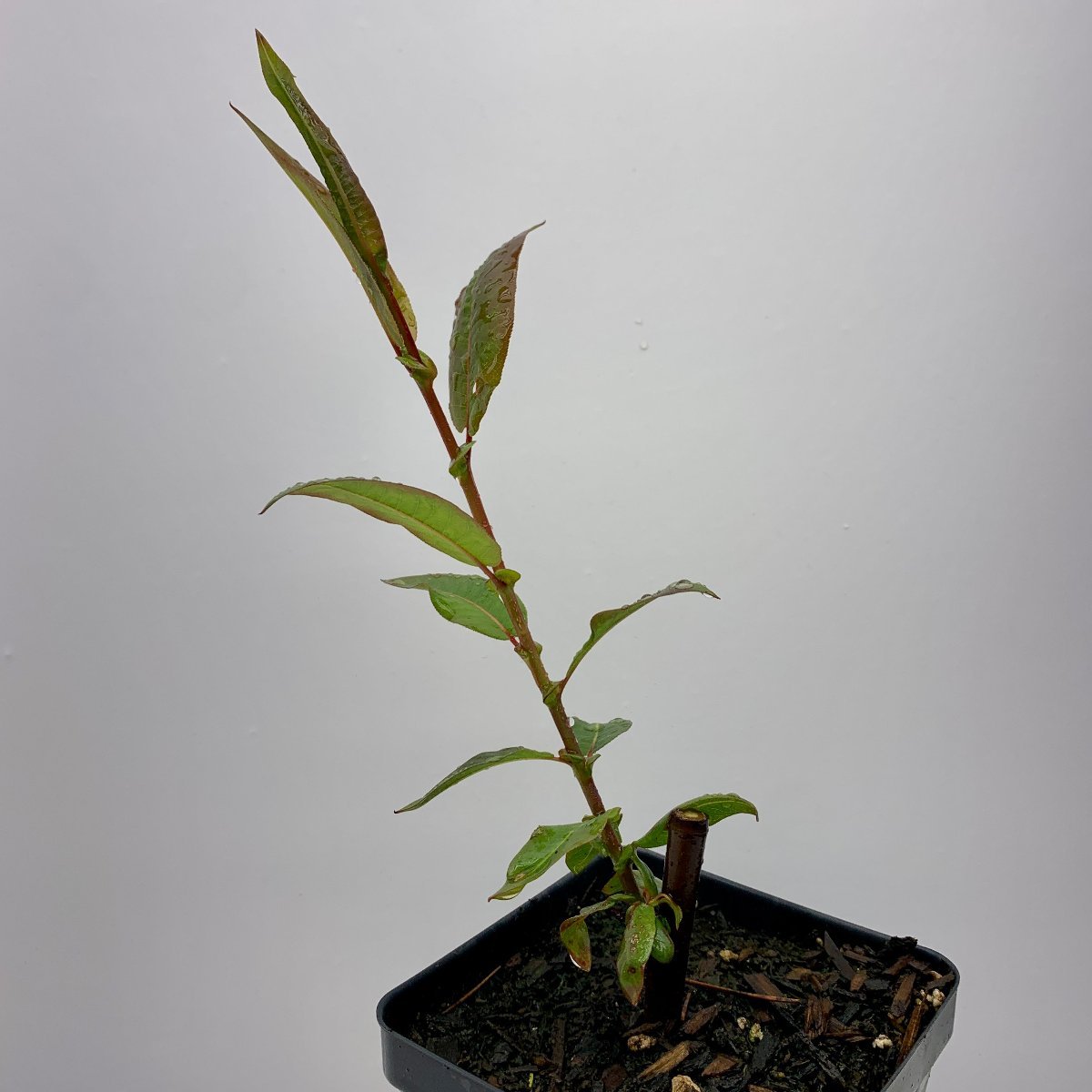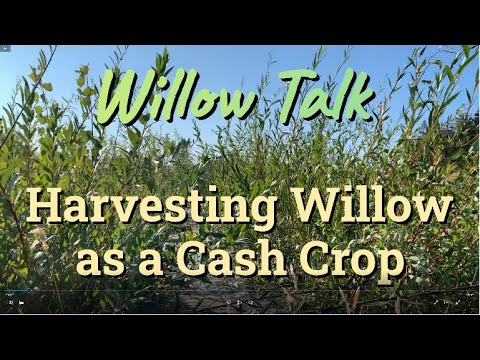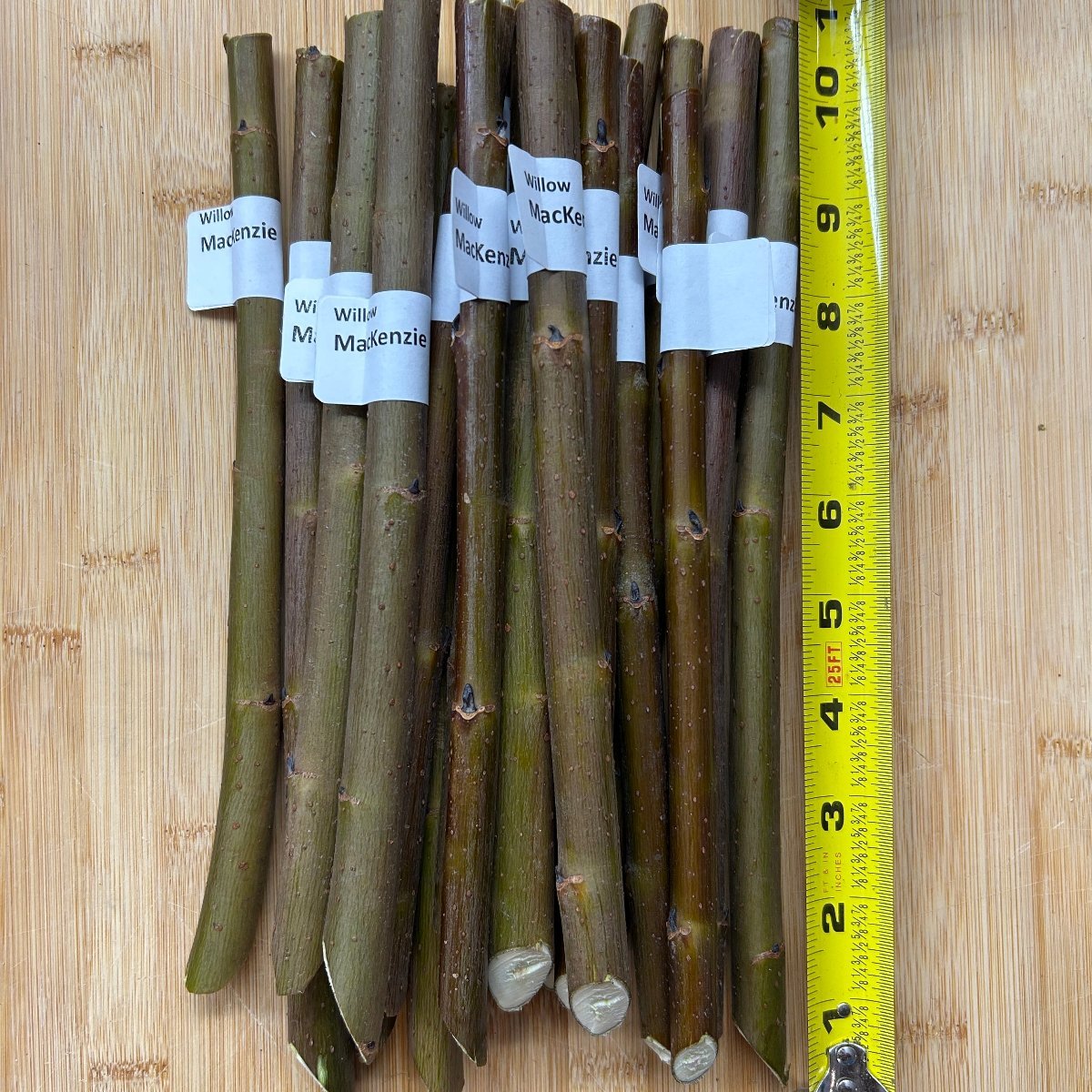Dingdong's Garden
MacKenzie Willow Cutting
MacKenzie Willow Cutting
Couldn't load pickup availability
MacKenzie Willow (Salix mackenzieana, Salix prolixa) Cutting
MacKenzie willow is most commonly found in the interior Pacific Northwest and Canada. It is generally found in drier areas east of the cascades. It grows to 6 to 30 feet tall and is relatively long lived. It can be used for revegetation or restoration in native areas and is also a source of food for many herbivores.
This product is a dormant cutting that will take root, leaf out, and grow if planted under the right conditions. Since plant propagation success rates can vary depending on climate, location, and timing there is no universal recipe for success. If you are new to plant propagation, follow the link on each product page for 'Videos on How to Propagate...'.
Share
